When a Pueblo village was founded in Southern California in 1781, nobody could have imagined the sprawling, thriving, powerful metropolis that would grow from it.
Los Angeles grew and grew into the city we know today, a cultural, political, financial, and commercial hub of action in America and the country's second most populous city. Of course, L.A. is also the home to Hollywood, the film capital of the world that came up from the dessert to form a huge industry.
L.A. has a rich and fascinating history, filled with both sparkling successes and beauty and moments of struggle and injustice. These 9 Los Angeles history books tell the story of the City of Angels, from its formation to its current status and role in society.
Keep reading to learn more about L.A. history—just don't get blinded by the limelight!
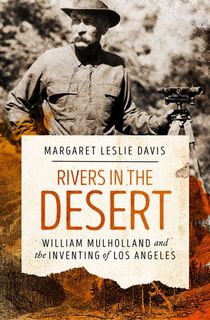
Rivers in the Desert
Margaret Leslie Davis tells the story of William Mulholland, the visionary engineer who built the infrastructure that routed drinking water to Los Angeles, allowing the city to grow into the epic metropolis we all know today. Mulholland's life was not all fame and recognition. Margaret Leslie Davis chronicles with equal depth his downfall when the dam he constructed broke. This is at once the story of one unique and impressive man and of the invention and flourishing of the city of L.A.
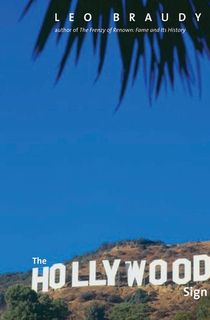
The Hollywood Sign
When one thinks of Los Angeles, there is one iconic image that always comes to mind: the Hollywood sign. Discover the history behind the huge letters built into the hillside overlooking the sprawling city of L.A. Learn how an advertisement meant to be temporary became such an enduring icon of American culture and how the sign has been challenged and saved throughout history. Leo Braudy mixes social history, urban studies, literature, and film to tell the history of the sign and the culture and city it represents.
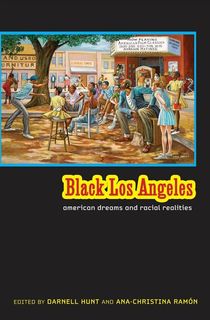
Black Los Angeles
This is the final product of an extensive research project by the Ralph J. Bunche Center for African American Studies at UCLA presenting a far-reaching analysis of all historical and contemporary aspects of Black life in Los Angeles. The essays in this book employ anecdotes, oral histories, maps, photographs, illustrations, and demographic data to present the complex and contradictory history of L.A.'s racial past, present, and future. Multi-disciplinary in approach and comprehensive in scope, Black L.A. is the definitive chronicle of Black life in the city.
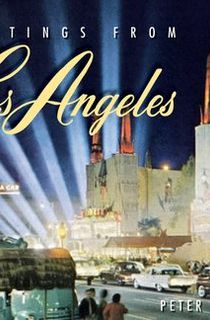
Greetings from Los Angeles
Discovery the history of the City of Angels through vintage photographs, postcards, magazine ads, and other memorabilia from throughout the city's entire existence. Author and historian Peter Moruzzi guides readers from Los Angeles' beginning as a tiny Spanish village through the many eras of the city, to the L.A of today with insightful commentary. Immersive yourself in the images and documents of the city with this unique visual history.
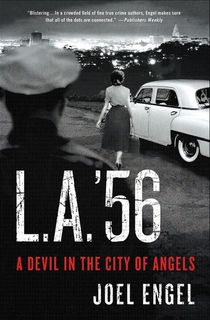
L.A. '56
This true crime book takes readers beyond the bright lights of the city into the world of shadows that emerges at night. This is a story of racism, rape, and prejudice, of a devil roaming the city of angels. Author Joel Engel focuses on one serial criminal to draw a broader noir picture of the dark side of Los Angeles in the mid 1950s, where segregation was the unwritten law and white policemen were encouraged to be harsh and unfair to black citizens. This is not an easy story, but an important one in the long history of the city.
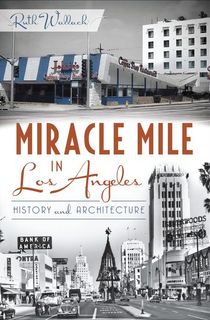
Miracle Mile in Los Angeles
Learn about the history and architecture of L.A.'s famous Miracle Mile. The Miracle Mile was formed into an important commercial and cultural district by the urban expansion and booms in auto travel and real estate during the 20th century. Ruth Wallach, head of the University of Southern California's Architecture and Fine Arts Library, takes readers on a thorough tour through the iconic neighborhood and places it in context of Los Angeles' development over the course of the 20th century.
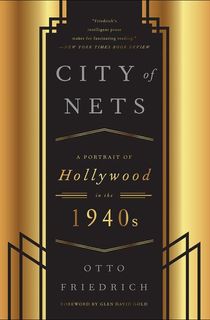
City of Nets
In this cultural history, Otto Friedrich records the story of Hollywood's epic rise to prominence, peaking in 1939, followed by the decline it went through in the 1940s. Friedrich takes readers behind the scenes (literally) of Hollywood in this turbulent decade, drawing from sources as varied as celebrity biographies and trade-union histories. City of Nets features an all-star cast of actors, writers, musicians, composers, producers, directors, racketeers, labor leaders, journalists, and politicians who left their mark on Hollywood in the important time between World War II and the Korean War.
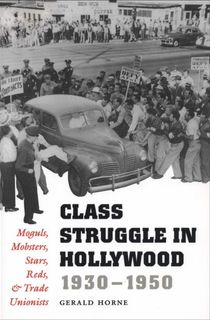
Class Struggle in Hollywood, 1930–1950
For a deeper look into issues of class in the mid-20th century, reach for Class Struggle in Hollywood, 1930-1950. Gerald Horne explores the 1945 strike of the Conference of Studio Unions (CSU), the skilled tradespeople working in Hollywood. In 1946, the studios retaliated by locking out the CSU, an action that had far-reaching consequences for the entire industry. Horne places the strike and subsequent lockout in the context of the period, especially as Cold War paranoia and accusations swept through Hollywood. This is a compelling book about an important and much forgotten moment in Hollywood and labor relations history.
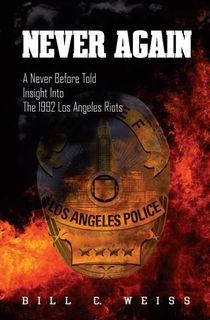
Never Again
This is the inside story of the 1992 Los Angeles Riots that engulfed the city after the police officers charged with using excessive force for their severe beating of Rodney King were acquitted. The acquittal sparked outrage and caught the nation's and world's attention. Bill Weiss, the Watch Commander for the LAPD at the time, provides his insights into the events of the riots and the aftermath which continues to affect the city to this day.
Feature photo: Wikimedia Commons
